Watering a garden sounds simple – until you actually try it.
You haul out the hose, spend twenty minutes splashing around, only to realize two days later that half your plants are bone-dry and the rest are practically drowning. Yeah… irrigation’s not as straightforward as it seems.
But it doesn’t have to be complicated either.
There are several solid ways to get water where it needs to go. Some are old-school and hands-on. Others? Fully automated. A few even involve buried clay pots (no, seriously).
The trick is figuring out what makes sense for your garden – based on the layout, the plants, how much time you have, and whether you actually enjoy standing outside with a hose.
In this article, I’ll break down five common irrigation methods – what they are, how they work, when they make sense, and what to watch out for. These are just practical options that get the job done.
Here we go!
1. Hand Watering
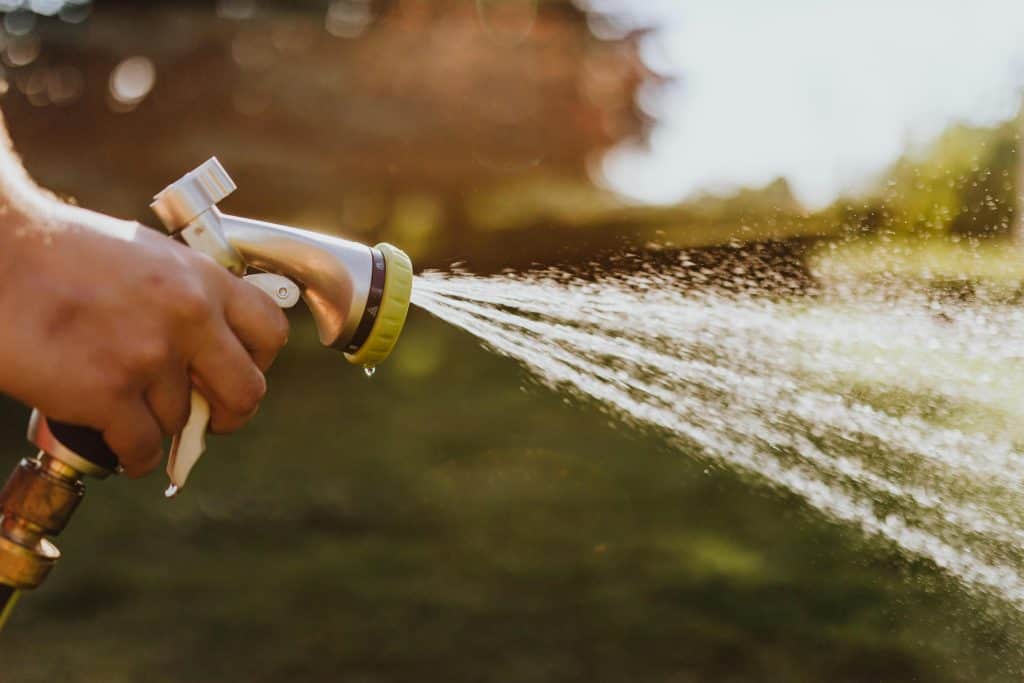
This is the method most people start with. Because, well, it's obvious. You grab a hose or a watering can, walk over to your plants, and… water them. Simple enough.
But hand watering actually gives you a lot more control than people give it credit for. You decide exactly how much water each plant gets, where it goes, and when.
No timers, no pressure regulators, no buried lines. Just you and your judgment (which hopefully gets better over time).
It’s especially great for smaller setups – raised beds, container gardens, or a few veggie rows. If you’re growing herbs on your patio or tomatoes in buckets, this is all you need.
Tools That Make It Better
A regular garden hose works fine, but a few small upgrades can make a big difference.
- Shutoff nozzle. Saves water. You don’t have to run back to the spigot every time you pause.
- Watering wand. Super helpful for reaching into thick plants or down into pots. Plus, it helps avoid soaking the leaves (which matters if you’re trying to prevent mildew and other weird plant diseases).
- Hose reel cart. If your garden is even a little bit spread out, dragging a kinked-up hose around gets old fast. This makes things smoother.
- Rainwater use. If you’ve got a barrel, you can totally use collected rainwater with a can or gravity-fed hose. Just make sure it's clean.
Oh – and here’s a good tip: if your hose has been lying in the sun, run it for a few seconds before watering anything. Sometimes chemicals leach into stagnant water, especially in cheap hoses. Not ideal for your basil.
When It Works Best
Hand watering makes sense when your garden is small, your schedule is flexible, or you actually enjoy the process (some people find it relaxing).
It's also the go-to method for dealing with new seedlings or special plants that need a little extra care. It’s not fast. It’s not automated. But it’s personal. And sometimes that’s exactly what a garden needs.
2. Soaker Hoses
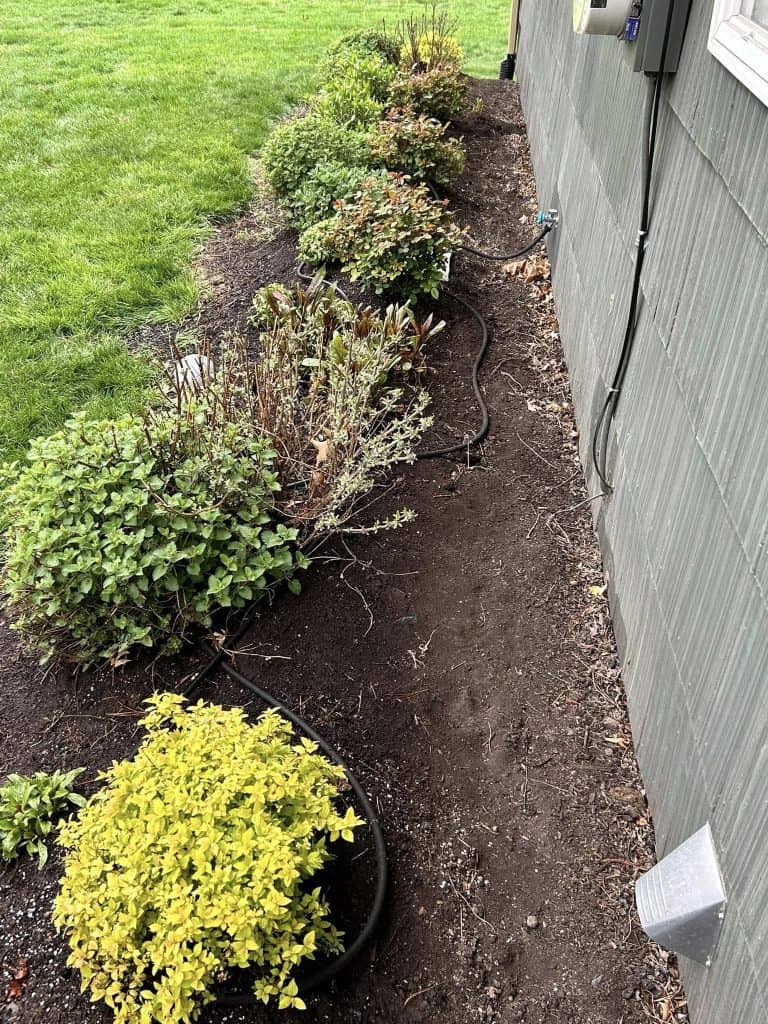
Soaker hoses are like the quiet introverts of the irrigation world. They don’t spray, they don’t pop up, they don’t make a fuss. They just quietly ooze water into the soil, right where it’s needed.
The hose itself is made of porous material – usually rubber or recycled stuff – with tiny holes all along its length.
You lay it down on the ground, snake it through your garden beds, hook it up to a spigot, and let it do its thing.
Water seeps out slowly and directly into the soil. No mist. No runoff. Just a low-pressure, slow soak.
Why Gardeners Like Them
There’s a lot to like here, especially if you’re tired of wasting water or wetting the leaves (which -again – can lead to mold, mildew, and other plant headaches).
- Water goes straight to the roots. That’s where it matters.
- Foliage stays dry. Less chance of disease.
- Evaporation is minimal. Good news if you’re in a hot or windy spot.
- Works with timers. Set it and forget it.
They’re especially handy in beds with densely spaced plants or mulch because you can tuck them under the mulch and let them run without everything looking like a plumbing project.
What to Watch Out For
Not all soaker hoses are created equal.
- Some are made from recycled tires. Sounds eco-friendly, right? But those can leach chemicals and heavy metals into your soil especially the cheap black ones.
- NSF-certified polyurethane hoses are the safer option. More durable, less weird stuff leaching out, and they don’t degrade in the sun.
- Hard water users beware. Mineral buildup can clog the pores over time.
- Uneven watering on slopes. Gravity’s a thing. Water tends to pool at the bottom if you're not careful.
Also, they don’t work well under high pressure. If you open the spigot all the way, you’ll just get little geysers in some spots and nothing in others. Keep the pressure low or use a pressure reducer.
Best Use Cases
If you’ve got garden beds planted fairly close together – especially in flat areas – this is a solid option. Lay it out once, cover with mulch, maybe connect to a timer, and you’re done.
Great for people who want some automation without dealing with full-on drip systems. Low effort. Low profile. Surprisingly effective.
3. Drip Irrigation
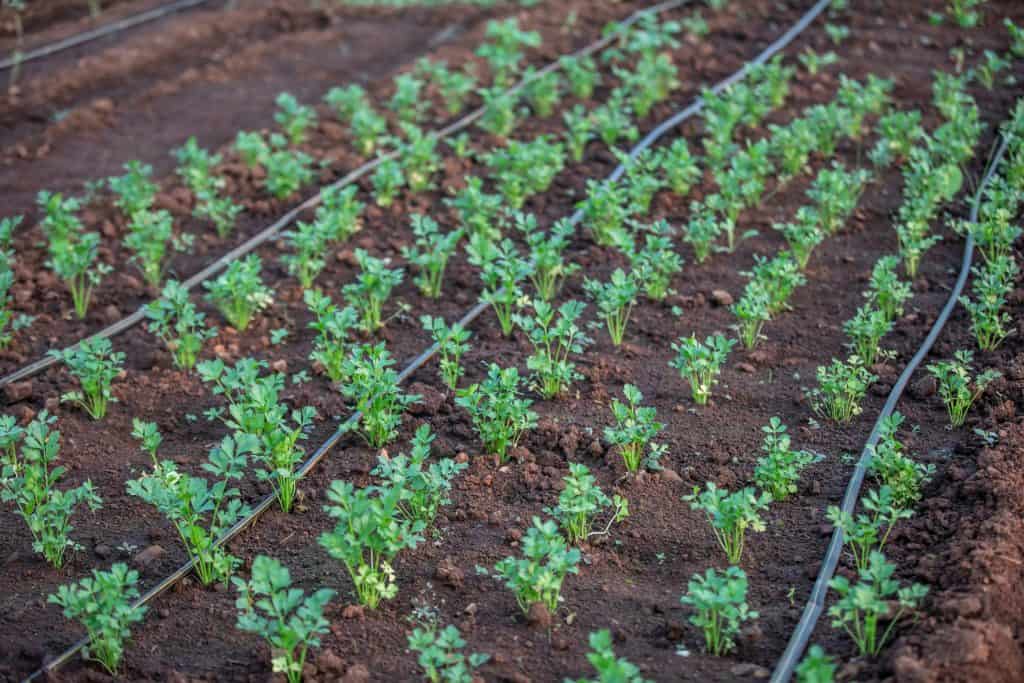
If there’s a gold standard for garden watering, this is it.
Drip irrigation delivers water exactly where it’s needed – slowly, directly to the base of each plant. Not all over the place. Not into the air. Just right into the soil, near the roots. It’s like giving your plants a long, steady sip instead of blasting them with a fire hose.
Gardeners who’ve used it for a while swear by it. And they’re not wrong.
If you’re thinking of trying it yourself, we’ve rounded up some of the best drip irrigation kits to help you get started without the guesswork.
Why It Works So Well
This setup uses thin tubing and small emitters to control water output. Each emitter can be customized based on what the plant actually needs.
Got thirsty tomatoes? Add a higher-flow emitter. Growing herbs that hate soggy roots? Dial it back.
- No runoff. No puddles, no wasted water sliding off down the path.
- No evaporation. Water doesn't sit on leaves or in open air.
- Precise delivery. You target only what needs watering – not the weeds in between.
- Ideal for any terrain. Hills, uneven spots, windy areas – doesn’t matter.
You can run it on a timer or even hook it up to a smart irrigation controller if you’re feeling fancy.
What You’ll Need (and It’s Not That Much)
People sometimes get scared off by the idea of setting it up. But honestly, once you understand the parts, it’s mostly just plugging things together.
- Main tubing (usually ½ inch)
- Emitters (drippers, mini sprayers, or bubblers, depending on plant needs)
- Connectors/adapters for corners and junctions
- Pressure reducer (to prevent blowouts)
- Filter (especially important if your water has sediment)
- Optional timer for set-and-forget watering
Drip tape is another version – lighter and often used in row crops or raised beds. It’s not as durable long-term, but it’s easy to lay down and replace.
Where It Shines
Honestly? Almost anywhere. But especially in:
- Gardens with lots of different plants (because you can customize flow rates)
- Windy or hot regions (less water lost to air)
- Sloped yards (no runoff or erosion)
- Medium to large gardens where hand watering would eat up your weekend
The only catch? Emitters can clog especially if you have hard water. But cleaning or replacing them isn’t hard. A little maintenance goes a long way.
If you’re into saving water, cutting weeds, and dialing in the perfect setup for your plants—drip’s where it’s at.
4. Sprinkler Systems
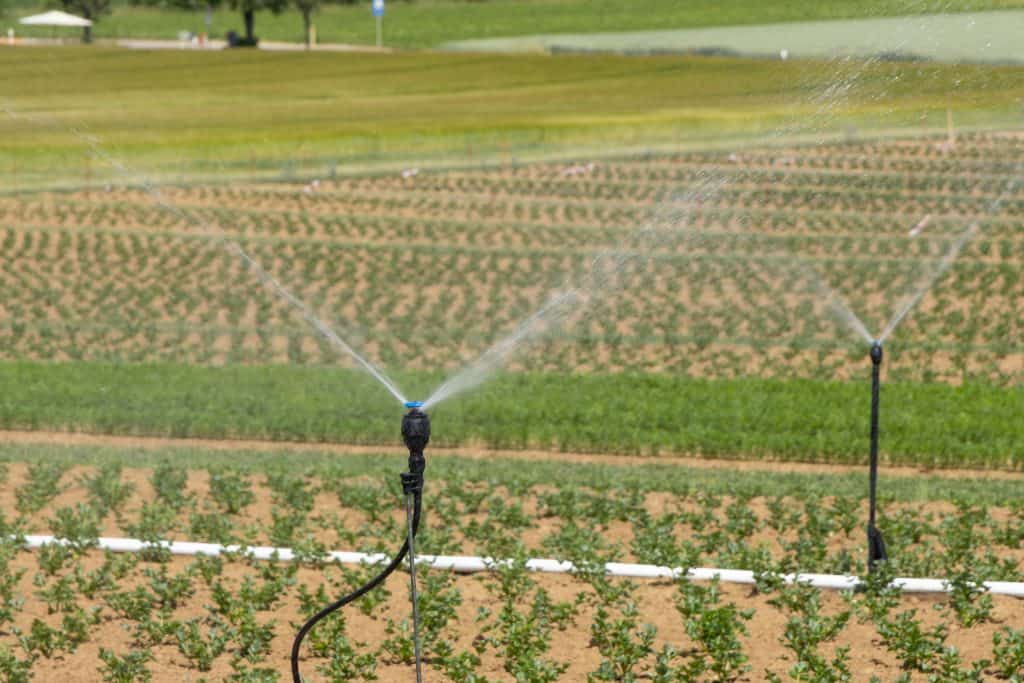
Sprinklers are what most people think of when they hear “garden watering.” Big sprays. Arcs of water. Maybe a timer involved. Sometimes a rogue stream blasting the driveway.
They’re classic and they do have their place. Mainly in lawns or open spaces where trying to water each plant individually would be a nightmare.
Curious how to make the most of a sprinkler system? Check out my guide on Sprinkler Irrigation Made Simple: How, When, and Where to Water Wisely.
The Types You’ll See
- Pop-up sprinklers. Usually installed underground. They rise up when activated, then disappear when they’re off.
- Hose-end sprinklers. The old-school kind you attach to a hose.
- Portable sprinklers. You move them around the yard as needed.
All of them spray water overhead, and that’s both a strength and a weakness.
The Pros
- Covers a large area. No need to move a hose from bed to bed.
- Easy to set up. Especially the hose-end and portable types.
- Works well for lawns. You’re not targeting specific plants – just keeping the grass green.
The Cons (And There Are a Few)
- Not very efficient. A lot of the water evaporates before it even hits the ground.
- Runoff happens. Especially if you’re watering faster than the soil can soak it up.
- Wets the leaves. Which is great if you’re a slug. Not so great if you’re trying to avoid powdery mildew or tomato blight.
- Hard to control. You often end up watering the sidewalk, the fence, maybe even the dog.
Also, if you have taller plants or shrubs, they can block the spray and cause weird dry patches.
What Needs Maintenance
These systems do break down. Heads clog. Seals leak. Spray patterns get wonky over time. If something doesn’t look right, you’ll need to inspect each head and clean or replace it.
Sprinklers aren’t terrible but in terms of water efficiency and plant health, they usually rank lower than the other options.
Still, if you’ve got a big lawn or just want something simple that waters everything at once, they’ll do the trick.
Just… maybe don’t use them for your tomatoes.
5. Ollas
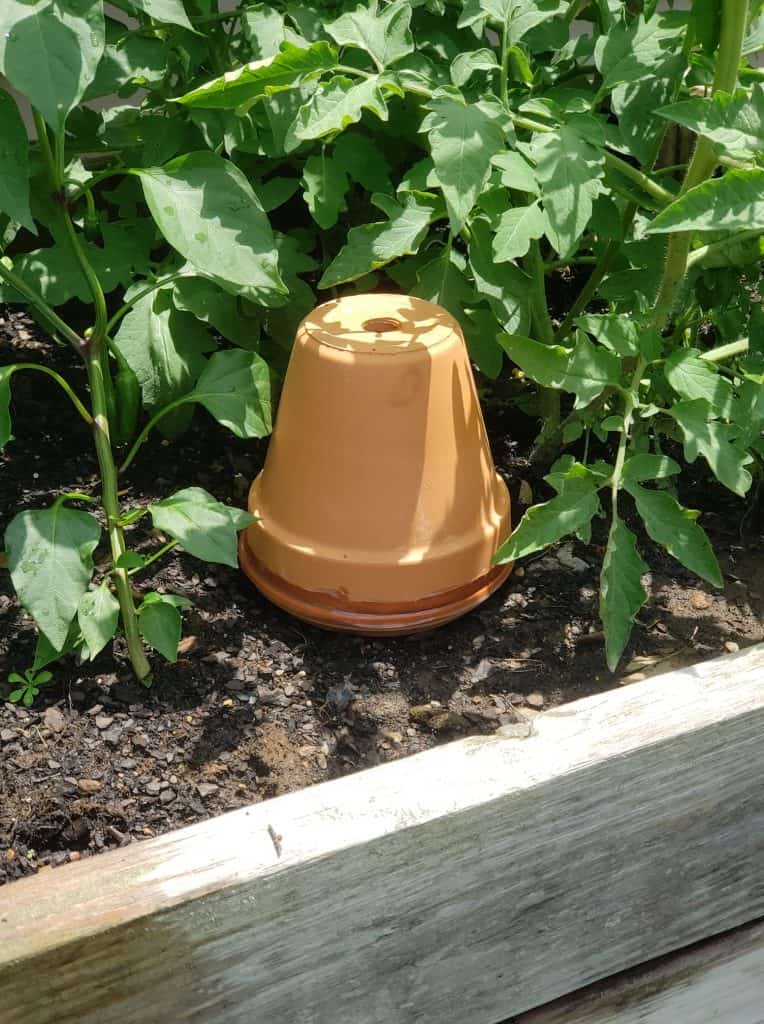
Ollas are one of those ancient ideas that still work better than half the modern stuff. Used for centuries (probably millennia) in arid regions, they’re just unglazed clay pots buried in the ground.
Fill them with water, and they slowly seep moisture into the surrounding soil. That’s it. No tubing. No emitters. No timers. Just gravity and porous clay doing the work.
How They Work
The olla is sealed at the bottom and has a narrow neck that sticks up above ground. You bury it near your plants, fill it up with water, and then let the magic happen.
As the soil around it dries out, water is pulled through the clay wall to rehydrate it – kind of like the soil is drinking from the pot.
No overwatering. No dry spells. Somehow it just balances out.
Why People Love Them
- Deep root watering. Plants grow roots toward the olla, so they get water where it counts.
- Incredibly efficient. Basically zero evaporation.
- Low effort. Fill every few days, and that’s it.
- Doubles as a moisture indicator. If the olla’s still full, your soil’s probably still damp.
They’re silent, buried, and weirdly effective.
But There’s a Catch
Ollas have a limited range. A medium-sized one might water an area 2–3 feet in all directions.
So you’ll need multiple for a bigger bed. Also, they’re not great for brand-new seedlings – the roots have to be long enough to reach the pot.
And while they’re low-tech, they do break if you whack them with a shovel or drop one. Clay isn’t exactly shockproof.
Where They Make Sense
They’re perfect as a supplement to other irrigation systems.
A few ollas in your raised beds, especially around thirsty plants like squash or cucumbers, can drastically cut down on the amount of watering you need to do. And in places with super hot summers, they’re lifesavers.
It’s a slow method, but a smart one. Quiet, simple, and surprisingly modern for something that predates plumbing.
Choose what works, stay flexible, and keep those plants watered and happy.
There’s no single “right” way to water a garden.
It really comes down to what you’re growing, how much time you want to spend, and whether you’re after precision or just convenience.
If you're hands-on and have a small space, hand watering gives you full control. Want a cheap, low-effort setup? Soaker hoses are reliable if you lay them right.
Drip irrigation is the go-to for efficiency and customization – great for larger gardens or weird terrain. Already got a sprinkler system? Don’t rip it out – convert it.
And if you’re into ancient wisdom and low-tech solutions, ollas are quietly brilliant.
Most gardeners don’t stick to just one method. Mix and match. See what works. The best setup is the one you’ll actually use.
Frequently Asked Questions (FAQs)
What’s the most water-saving garden irrigation method?
Drip irrigation. It delivers water directly to the soil, with almost no evaporation or runoff. Every drop counts.
Can I use two or more irrigation methods in one garden?
Absolutely. Many people hand-water containers, run drip for beds, and toss in a few ollas where needed.
Are soaker hoses safe for edible plants?
Only if they’re made from food-safe materials. Look for NSF-certified polyurethane hoses. Skip the recycled rubber ones for veggies.
How often should I clean or check my irrigation system?
Once a month is a good baseline. Drip emitters clog, hoses get pinched, sprinkler heads drift – regular checks keep things running.
Can I use rainwater with these systems?
Yep. Rain barrels work great with hand watering and some drip systems (especially gravity-fed ones). Just be sure the water’s clean.
Ready To Transform Your Garden?
Are you looking for the best way to layout your garden beds? Maybe you're feeling a bit stuck on how to make the most of your space?
We’ve got you covered! Check out our 101+ Garden Bed Layout Ideas for your next raised bed project. This guide is filled with creative and practical ideas that can help you design a garden that fits your style, whether you’re just starting out or have been gardening for years.
Get your copy today and get inspired to bring your gardening dreams to life.

